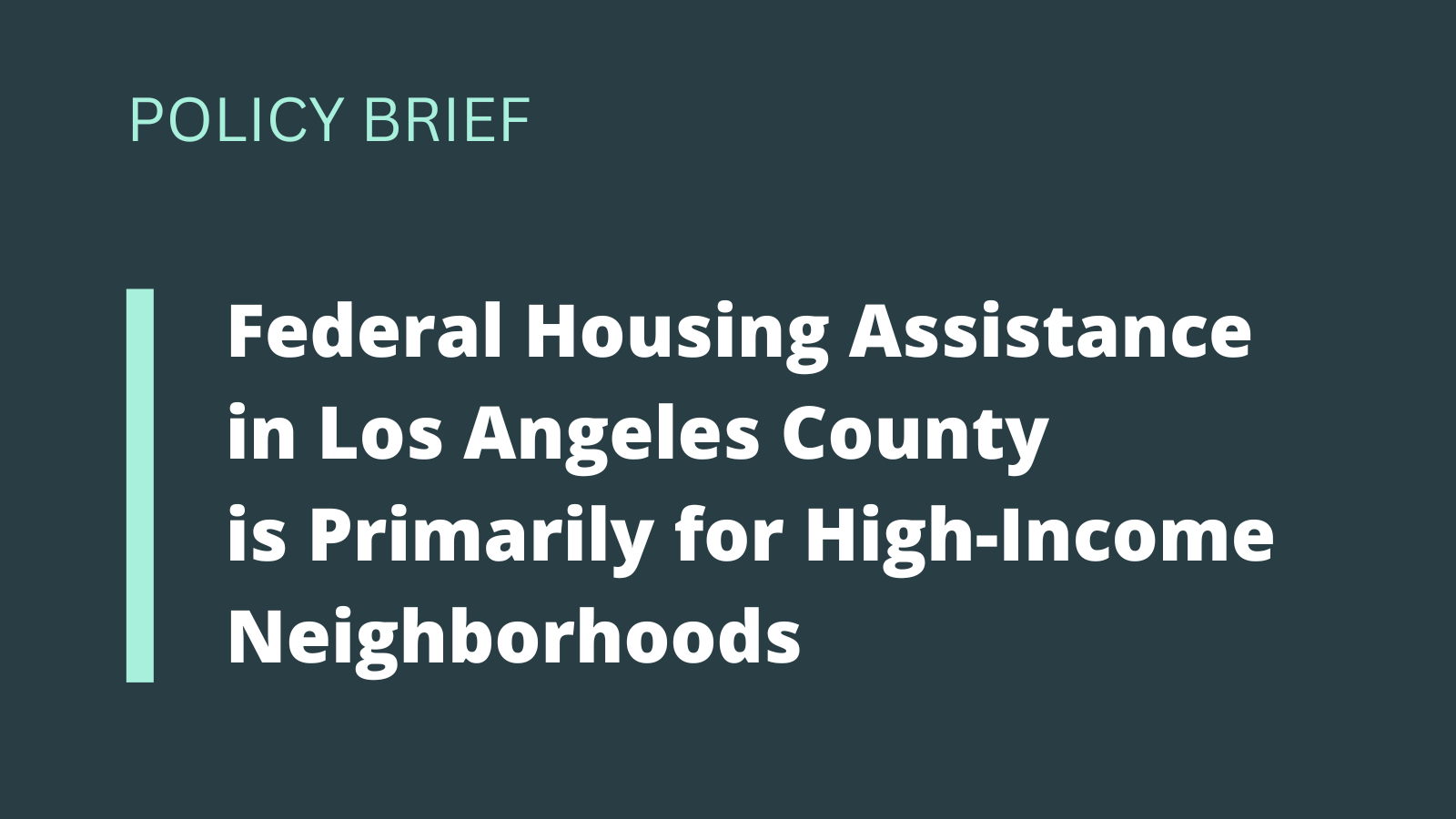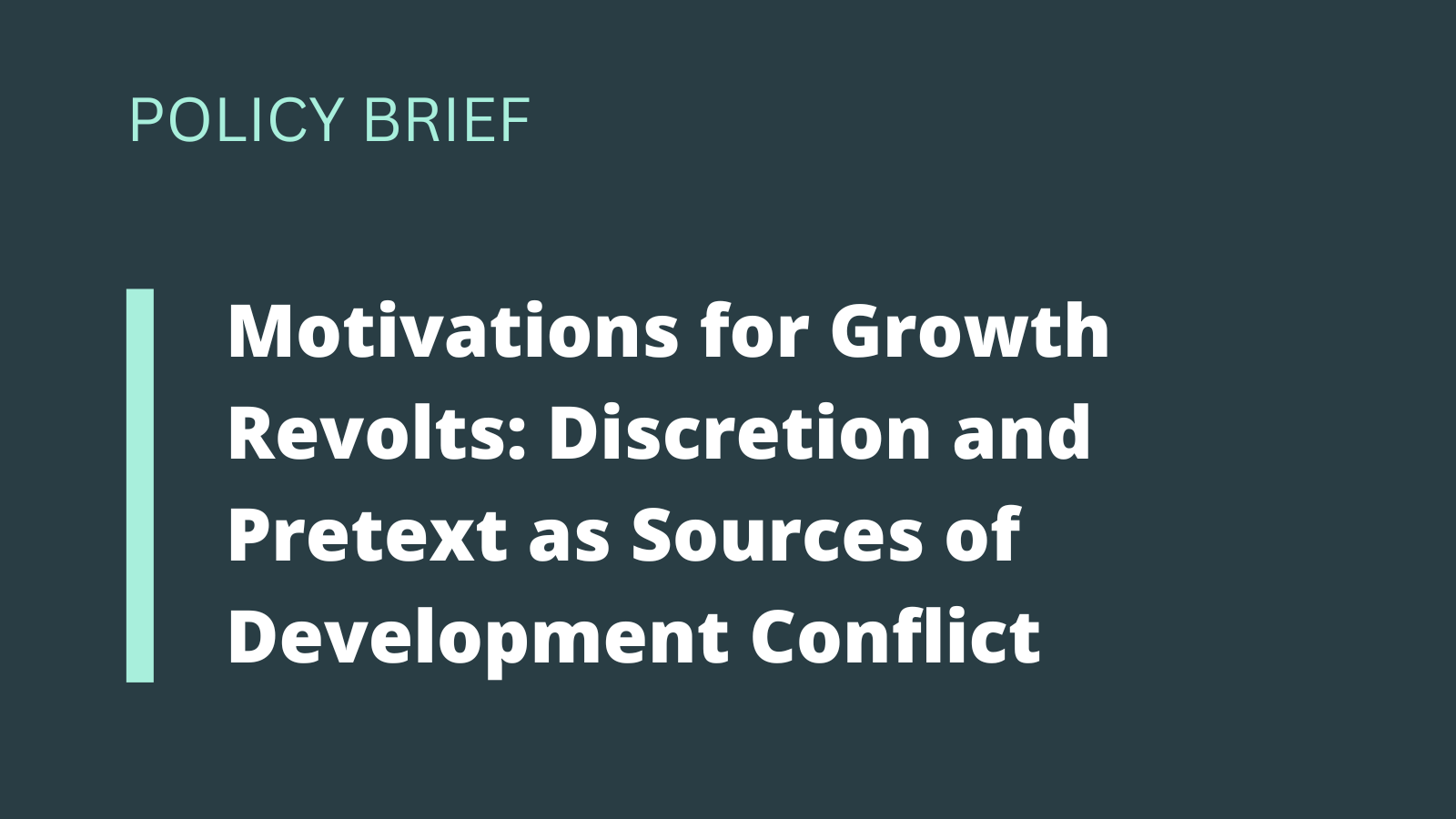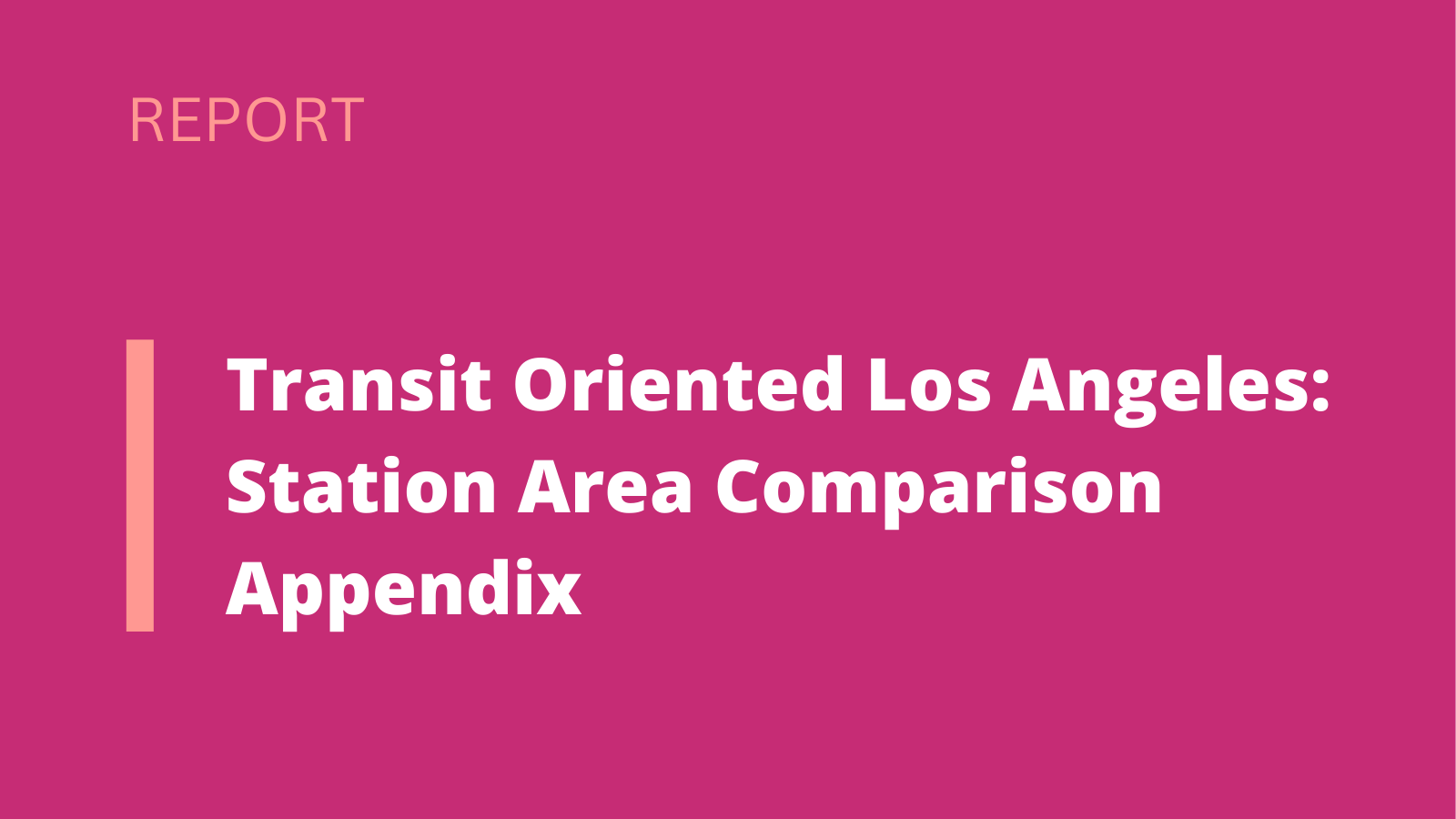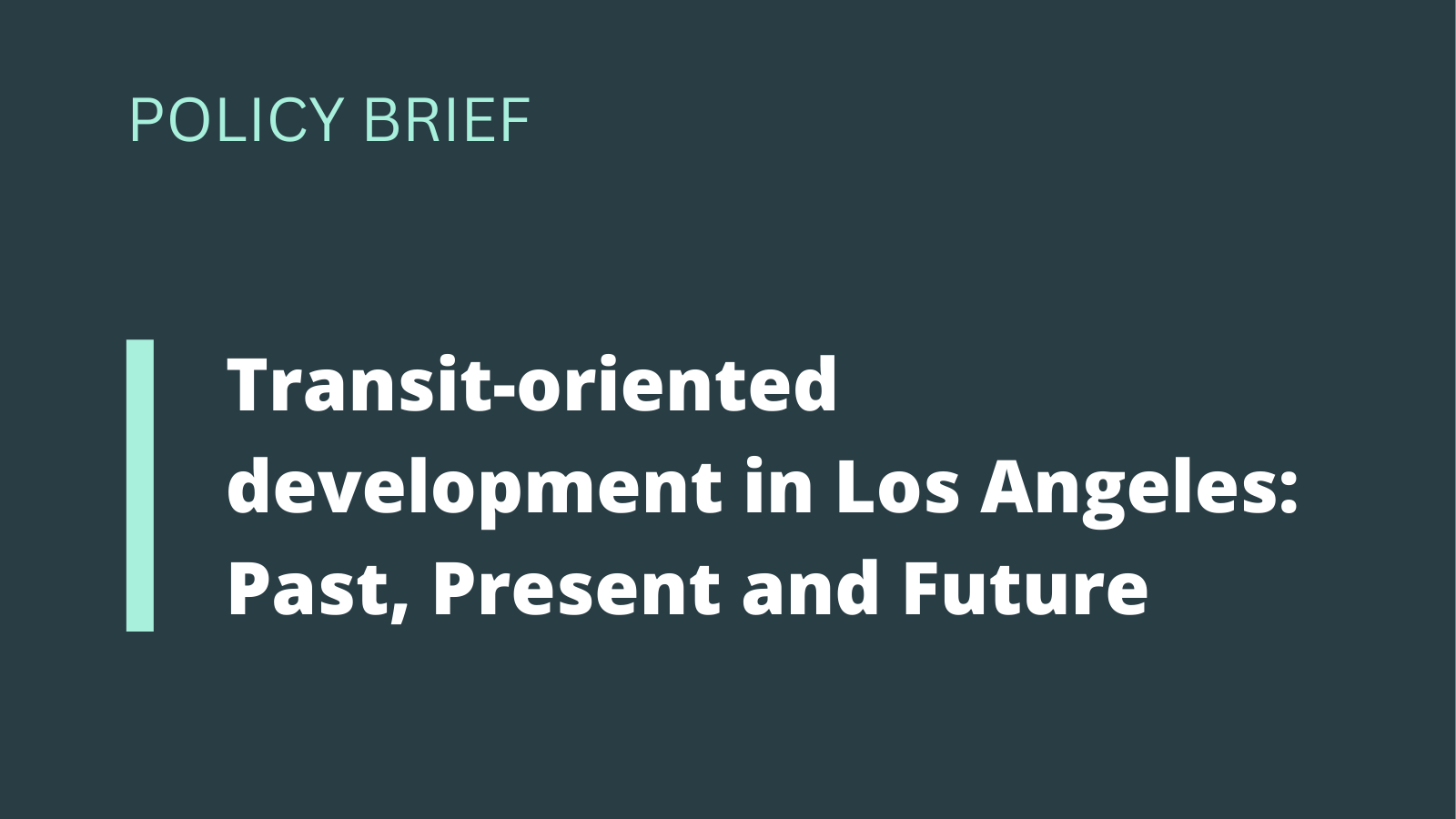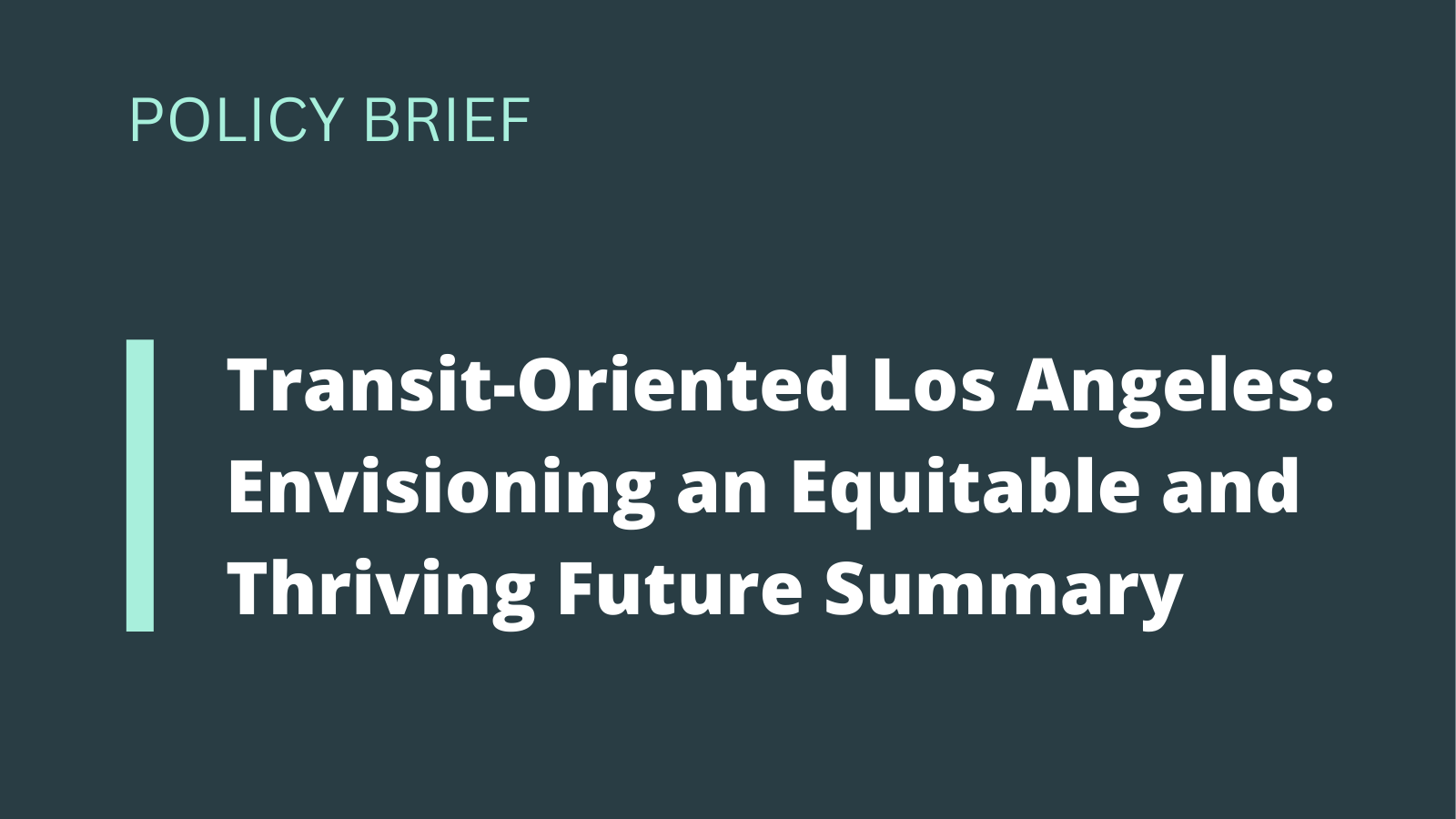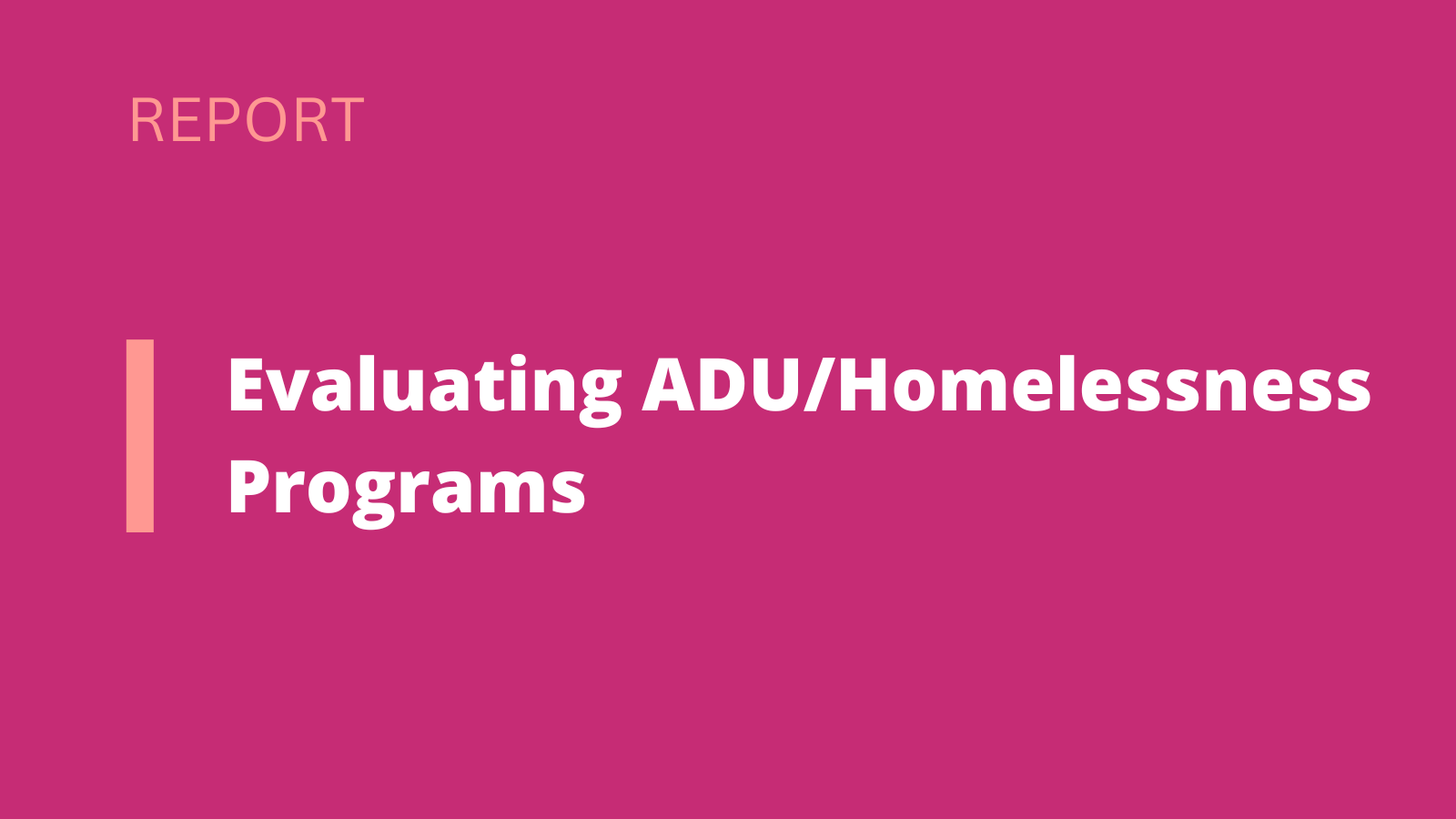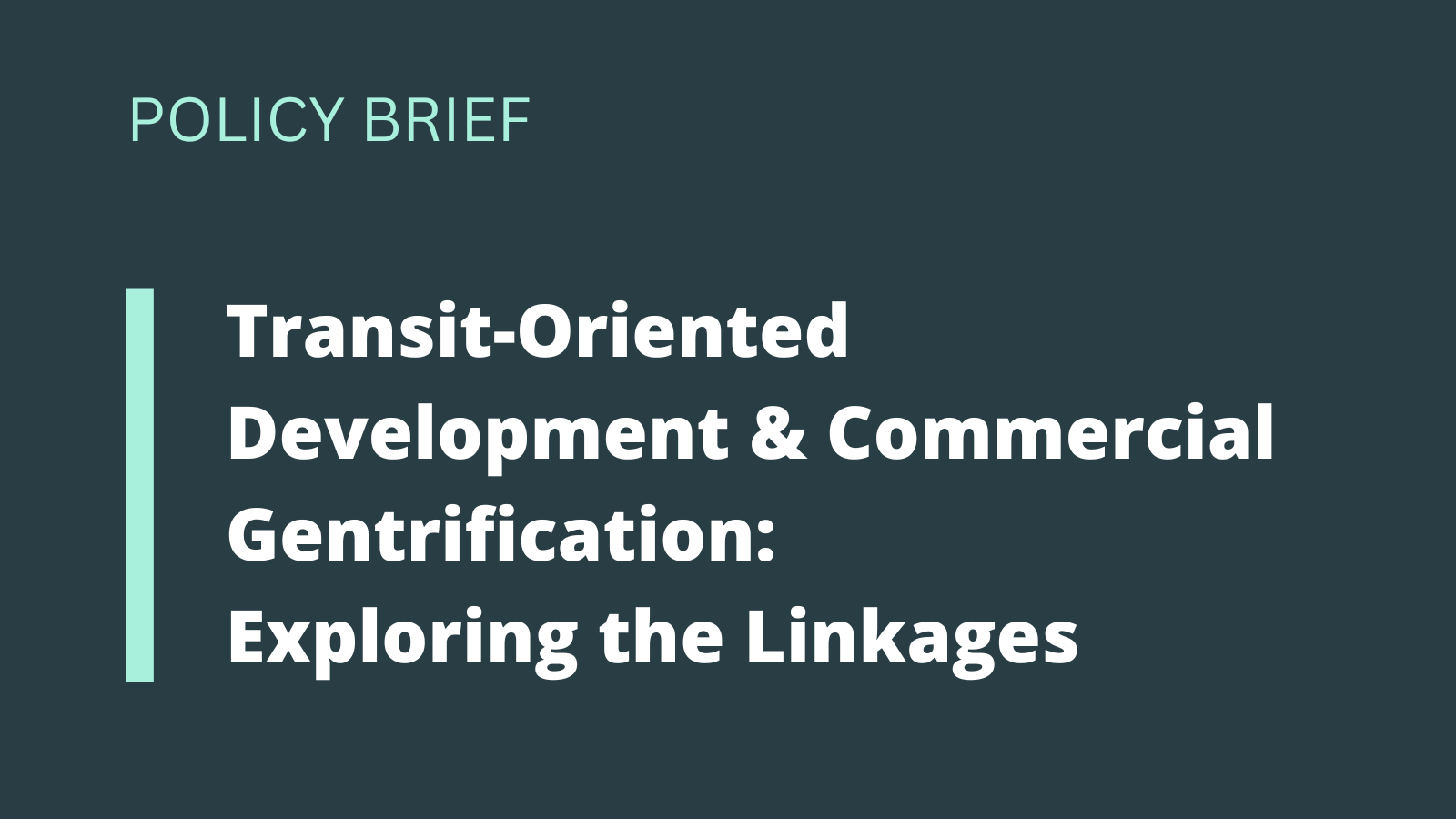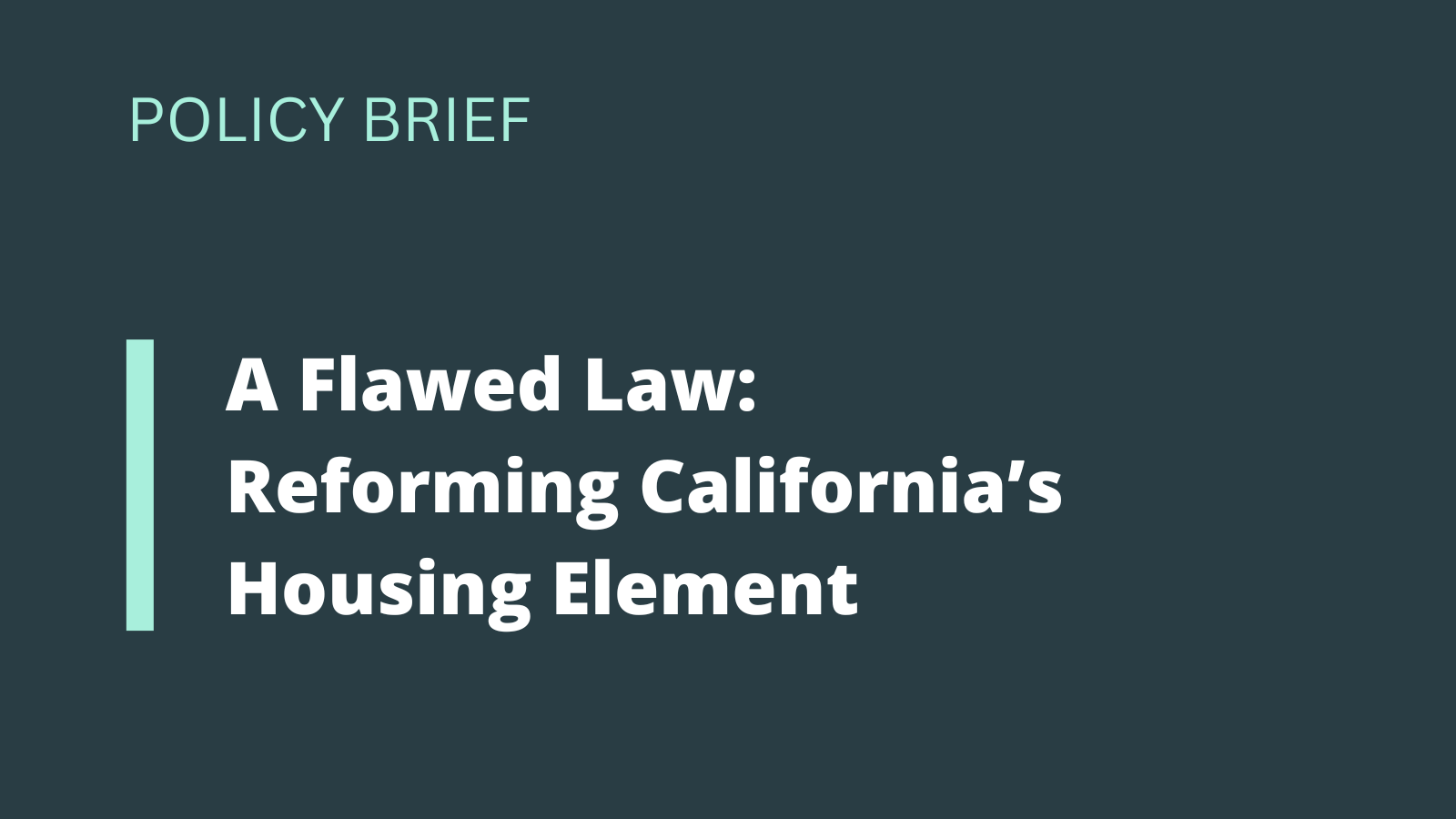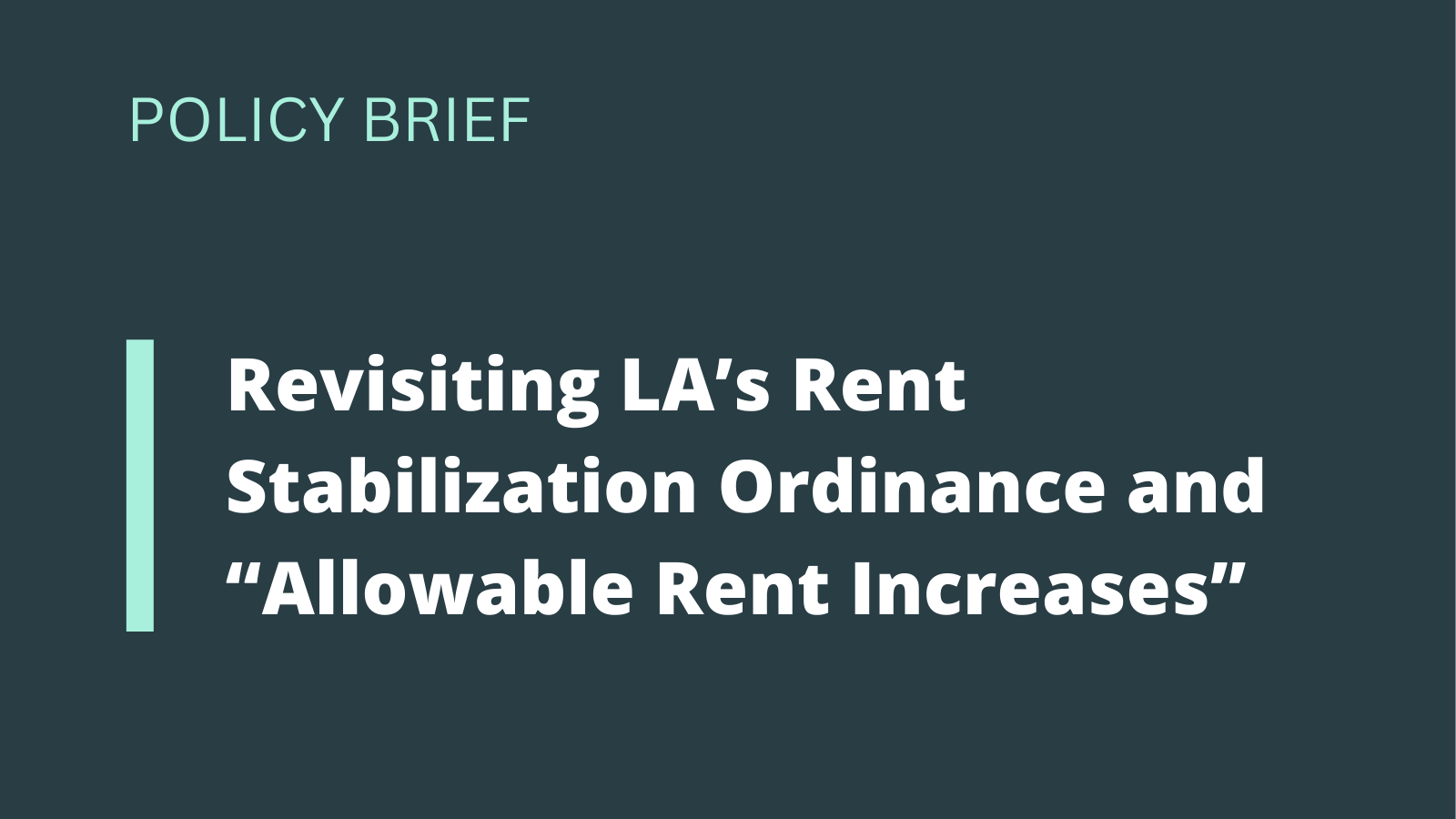Federal Housing Assistance in Los Angeles County is Primarily for High-Income Neighborhoods
angelawu2026-01-06T14:14:32-07:00Eliminating the Mortgage Interest Deduction would generate new revenue for the federal government — in 2014, it cost the U.S. Treasury more than $100 billion. An expansion of such magnitude might allow us to cover all the households in LA County eligible for housing subsidies.

